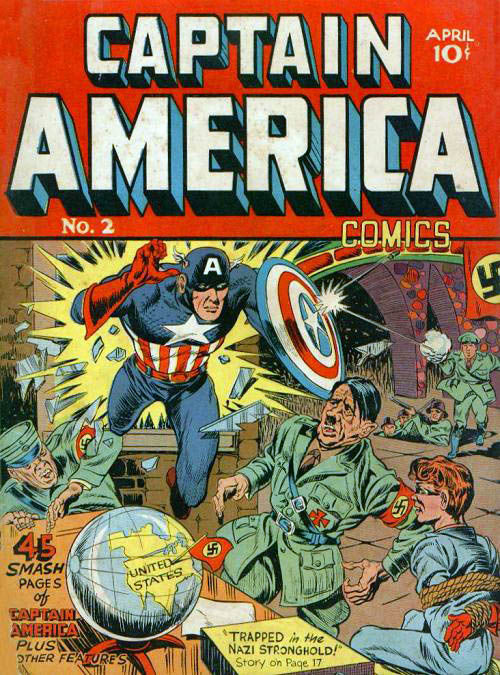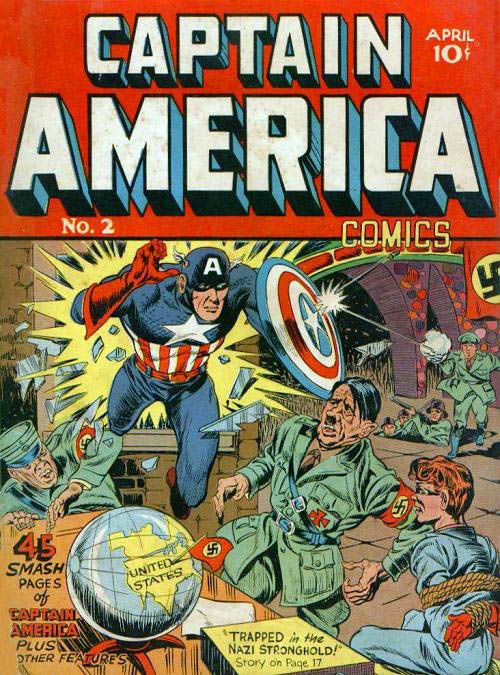Interview: Karley Scott Collins of ‘Amish Grace’
Posted on March 25, 2010 at 3:59 pm
Karley Scott Collins stars in Amish Grace, the real-life story about the Amish community in Nickel Mines, which responded to unthinkable tragedy with compassion and forgiveness. Five little girls were shot and killed and five others severely injured by a man who then took his own life. Hours after the shooting, an Amish neighbor comforted the man’s family. The Amish set up a charitable fund for the family and attended his funeral. Their example of grace and forgiveness has been an inspiring example for people around the world and became a book. And now this movie tells the story.
Karley, just 10 years old, is an accomplished performer, and she spoke to me about her role as the sister of one of the murdered girls.
Tell me about the character you play in this film.
I play Katie Graber. I’m trying to deal with the loss of my sister, Mary Beth (Madison Davenport), and just like everyone else, I’m having trouble forgiving the man who killed her. And I have guilt because I’m still alive, and I think maybe I shouldn’t have ran out of the school, I shouldn’t still be here. So I have lots of emotions mixing together and I am having trouble with it. If she’s having a hard time forgiving herself than she is not going to be able to forgive others. She has to learn, the reason she forgives, is that Mary Beth when she was dying had forgiveness in her heart. If you don’t forgive him, the only person it hurts is yourself. It doesn’t hurt him, it only hurts you.
Did making the movie teach you something about forgiveness?
I think it’s a really touching movie and it’s really important that you do forgive.
Did you know anything about Amish people before you made the movie?
I didn’t know as much as I do now. I admire them. They just want to be closer to God and I think that’s wonderful. But it would be hard for me because I would not be able to call my friends and my family on the telephone. I like the clothes, though. They have no zippers so they use pins. They are very, very simple, but they are very comfortable. I think that’s pretty cool.
What do you like about acting?
I love that whatever you get in a character becomes a part of you. I love making friends on set and watching it when it’s finished. I find out new things about myself whenever I portray somebody else.
Your mother in the movie is one of my favorite actresses, Kimberly Williams-Paisley. What was it like working with her?
I loved her! In between the scenes she would help me make grass flutes. And everything she did was so real. I really believed she was a mother whose daughter was murdered. And she is so sweet.
Did you get to meet her husband, Brad Paisley?
No, but I did get to go to one of his concerts!
Was there something you saw in a movie or on television that made you want to act?
When I was like five or six, I am not sure which one made me want to act but I loved the Bernie Mac show so it might have been that one. I loved acting like a princess! I had this Aurora outfit and every time I went to Disney, I was Aurora!
What’s the best advice you ever got about acting?
Don’t think about it, just have fun with it!
What do you do for fun?
I love to draw! My favorite artist is Jasmine Becket-Griffith. She draws fairies. I love reading. I fell in love with the Percy Jackson and The Sisters Grimm
books. And I love to swim. With my friends we play the Wii, we love Rock Band, and do each other’s nails and dance.
What’s on your iPod?
I love Taylor Swift and Selena Gomez and Miley Cyrus. I also love Guns n’ Roses! “Sweet Child o’ Mine” is my favorite. I also like Rihanna and Beyoncé.
You’re in another new movie, based on a true story, “Letters to God.” What can you tell me about that?
It’s about a boy who has cancer. When he dies, his dad finds all the letters he wrote to God. It’s very touching. I play one of his friends, who sits with him every day at lunch. They call me liverwurst girl, because I love liverwurst. And I am in “Open Season 3,” and I play a little deer. It was so much fun! And it’s hilarious. One of my favorite scenes is where there’s a little bear and a rabbit but I can’t tell you any more about it!



